Private Tree Ordinance 101
A Companion Blog to the Internet of Nature Podcast Season 5, Episode 4
April 28, 2023 | Alec Sabatini

The overlap of public good and private property is a complex situation in a free society. The majority of the urban forest usually resides on private property, outside the direct control of local governments working diligently to preserve them. This is the puzzle many urban forest managers have to solve.
There are a few levers for influencing privately owned trees, including public education, nonprofit partnerships, private tree company guidance, and most directly, codes and ordinances. The focus of this week’s Internet of Nature Podcast episode is on that final, pivotal lever: private tree ordinances. To crack the code on what makes a successful ordinance Dr. Nadina Galle was joined by Alex Hancock, an Urban Forestry Consultant at PlanIT Geo who has helped cities around the country fine tune their tree ordinances.
Components of a Private Tree Ordinance
Most cities have public tree ordinances that establish protections for public trees and penalties for damaging them. As Nadina mentioned, back in 1400s Amsterdam, one could lose a hand for hurting one of the trees planted along the canals. Private tree ordinances establish the process a resident or organization must follow to remove trees on their own property. As Alex stressed, each ordinance should be unique to the characteristics of the community, but there are common elements.
Applicability
Private tree ordinances usually have a sliding scale of protections for trees, ranging from none at all to an outright embargo on removal. Certain factors establish where a tree falls on the scale.
- Species: Communities often target certain species for protection and can make it easier to remove undesirable or invasive species.
- Size: Generally, as the size of a tree increases, so do the requirements and penalties for removing it.
- Land Type: Residential land often has higher requirements for tree removal than other zoning types. Since commercial and industrial properties consume much more of their lot than residential, there’s just not as much space available for trees to be saved or replanted.
Special Tree Protections
Another common component is the singling out of trees with certain characteristics for special consideration. Thanks to size, rarity, and cultural value, these trees gain added protection and a designation such as Heritage, Historic, Landmark, or Legacy tree. Such policies are not just for aesthetics. Larger trees provide disproportionately more ecosystem benefits.
In Alex’s home city of St. Petersburg, Florida, trees above 30” DBH are considered Grand Trees and are afforded higher protection. Another prime example of a protected tree is the “Old Senator”, a 600 year old live oak living in a parking lot in St. Augustine, Florida. The Old Senator and its other gigantic brethren have persisted through generations of human neighbors and countless waves of development. Many cities choose to codify the tradition of protecting especially large trees within their ordinance.
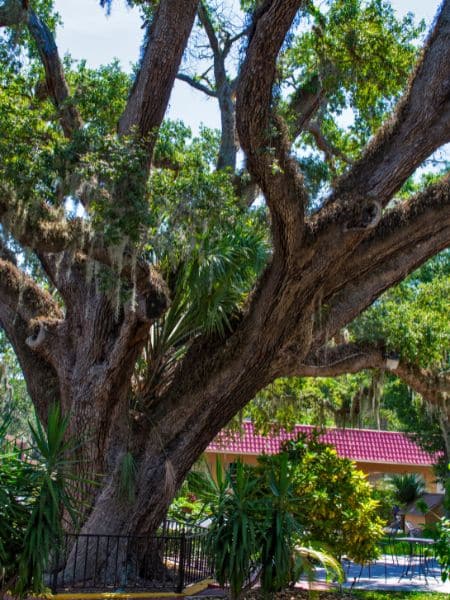
The “Old Senator” live oak presides over a parking lot in St. Augustine, FL.
New Development vs Redevelopment
The possibilities for tree preservation are also dependent on whether the area in question has been built on before. The subdividing and grading of forested land into new residential areas obviously represents a major loss of tree canopy. Some ordinances allow new development areas to be clear cut. Other ordinances create a percentage requirement of trees that must be saved on the land. The best ordinances require or incentivize preserved trees to be concentrated in single areas. Larger stands of trees provide greater benefits, such as richer wildlife habitat.
“We have to find a way to work together because we are dealing with two crucial issues. On the one hand we want resilient, sustainable, beautiful places to live, AND we need more affordable housing for our growing population.”
Dr. Nadina Galle
In dense urban environments, the wave of development sprawl eventually splashes back inwards in the form of redevelopment (aka infill). Redevelopment projects are a popular arena for battles between development and tree preservation. These sites have already been partially cleared, and the remaining trees are often large enough to qualify for additional protection. Effective private tree ordinances try to create a system of carefully balanced incentives and requirements so these sites remain financially viable for redevelopment, but will keep crucial trees in these already built up areas.
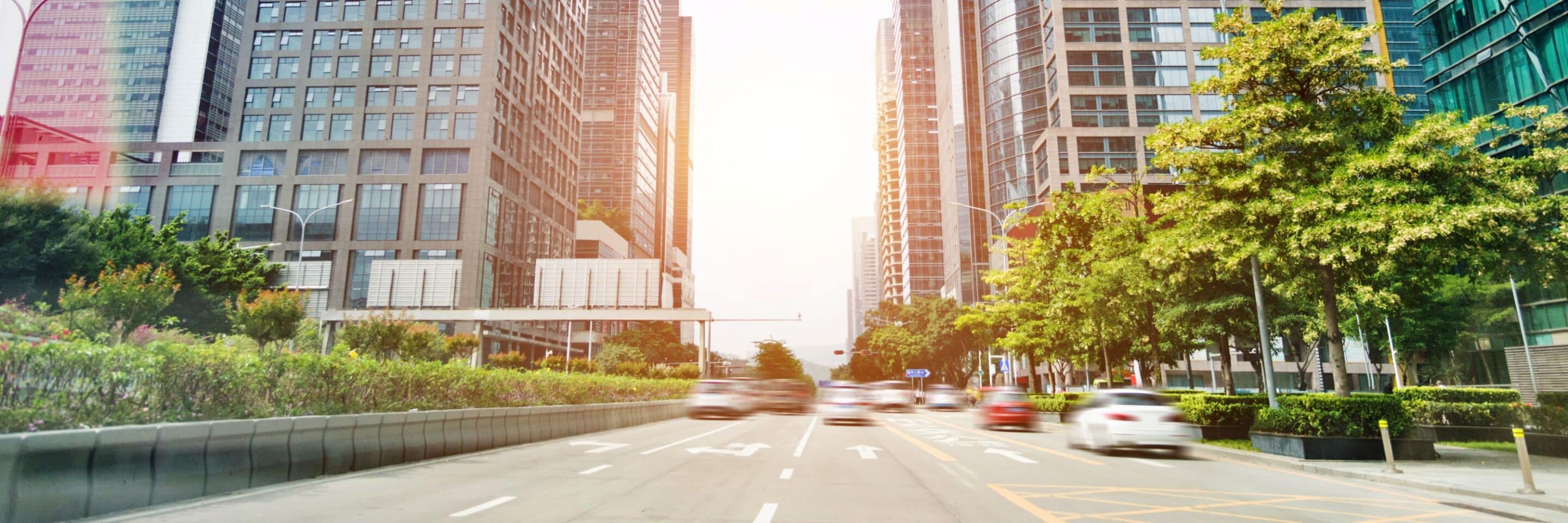
Incentives
The incentives portion of the tree ordinance needs to be bolded and underlined, said Alex. These are the mechanisms in an ordinance that can really make it work for all parties, though it takes time and a lot of stakeholder feedback to craft them correctly. Incentives are a way to reward developers for meeting certain tree preservation metrics. If a project conserves a certain number of trees, then they earn:
- A reduction in building permit costs
- A reduction of required parking area
- Increase the allowed unit amount
- Expedited the permitting process.
The goal is to help it make financial sense to the developers to preserve trees. In Alex’s experience, developers want to save trees if they can, but it always comes down to dollars. If incentives can make tree preservation fiscally feasible, then they are happy to take that opportunity.
Learning From Florida’s Fiasco
Private tree ordinances are usually the domain of local municipal governments, but sometimes higher governing bodies weigh in, and sometimes they make a mess of things. This was the case when Florida passed a state statute in 2019 significantly limiting local government oversight on private property trees. Specifically, private tree ordinances could be bypassed as long as certified arborists or landscape architects were consulted and deemed trees as a source of “danger.”
A “dangerous tree” is not an industry defined term in arboriculture. This vague language turned many private tree ordinances upside down as subjective opinions on what counts as “danger” allowed tree removal companies to operate with a lot less oversight. Thankfully, in 2021 the language was rewritten from “danger” to “risk”, which is a more tangible, objective term that can be quantified using the International Society of Arboriculture Tree Risk Assessment Qualification (TRAQ).
The gist: every word matters in a tree ordinance.
The Next Generation of Ordinances
Private tree ordinances have historically used tree stems as the go-to metric, i.e. you can remove X number of trees a year without a permit. The diameter at breast height (DBH) is also used, i.e. removing trees with a DBH over X inches requires a certain fee. With greater availability and expansion of tree canopy data more cities are interested in regulating the urban forest, including private ordinances, by canopy instead of stem count.
“Local municipalities have access to canopy data they didn’t have before, and now they can regulate based on canopy. They can require trees to be planted based on the canopy they will provide thirty years from now.”
Alex Hancock
Accessible and affordable canopy data has opened up a bevy of new ways to approach urban forest management. It helped Alex justify tree code updates in a project with the City of Lakewood, Washington. Lakewood had an exemption for single family lots below 17,000 square feet, and a canopy analysis showed half the city’s urban forest was on exempt properties. Given that information, the community agreed to lower the exemption amount to 10,000 square feet to improve the efficacy of their ordinance.
Final Thoughts
Alex’s favorite part of the process is seeing the community get involved. She’s often seen private tree ordinance projects started by concerned citizens who have organized and petitioned their city council to do more for their trees. So many environmental challenges are massive and can feel hard to make a difference. People CAN make a difference on a local level by getting involved in creating private tree ordinances and it will have lasting benefits for their community.
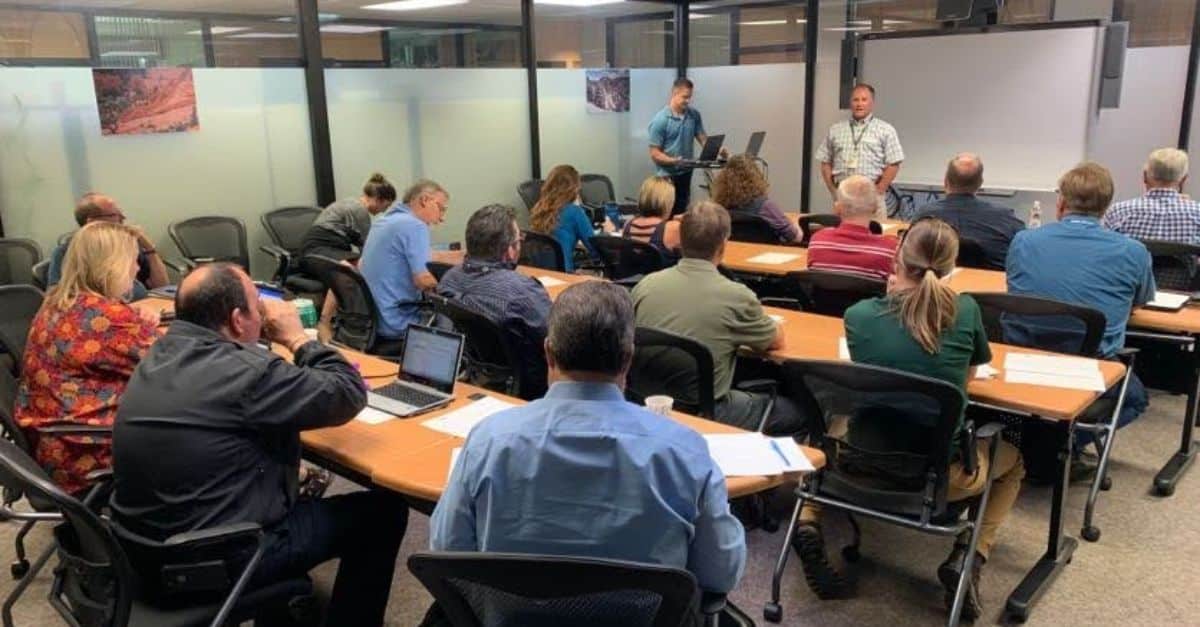
Thanks for plugging into the Internet of Nature today. Tune in May 4th for Episode 5: Does Good Health Grow on Trees? Professor Vivek Shandas, Professor of Climate Adaptation at Portland State University and senior advisor to CAPA Strategies, joins Nadina discuss how how urban forestry can be a powerful tool in promoting positive health and wellness outcomes.
Related Resources
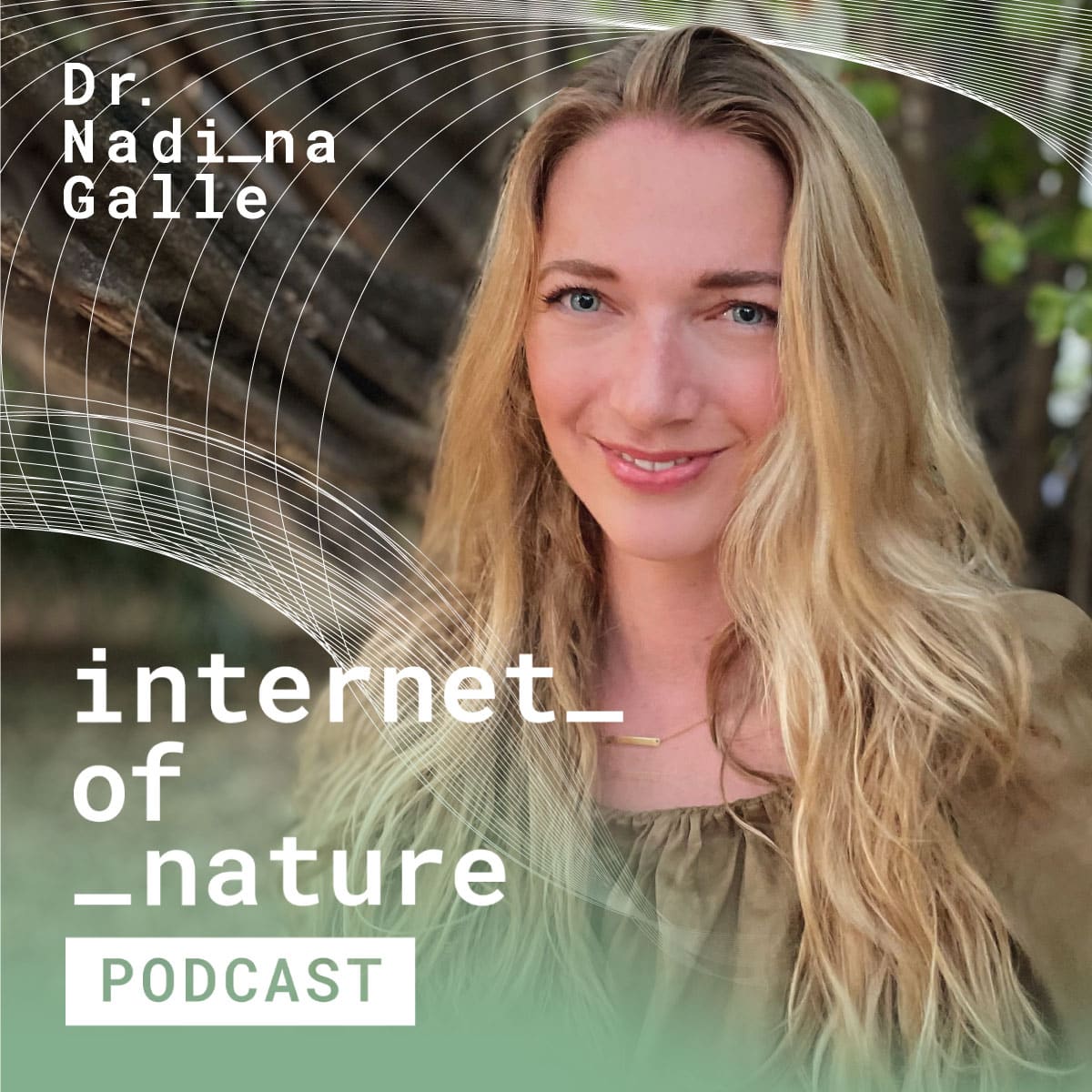
PlanIT Geo Partners with the Internet of Nature Podcast
The Internet of Nature Podcast, created and hosted by Dr. Nadina Galle, uses interviews with thought-leaders and innovators to answer the question: Can nature and technology — long viewed as opposing forces — work together to create liveable cities and improve public health?
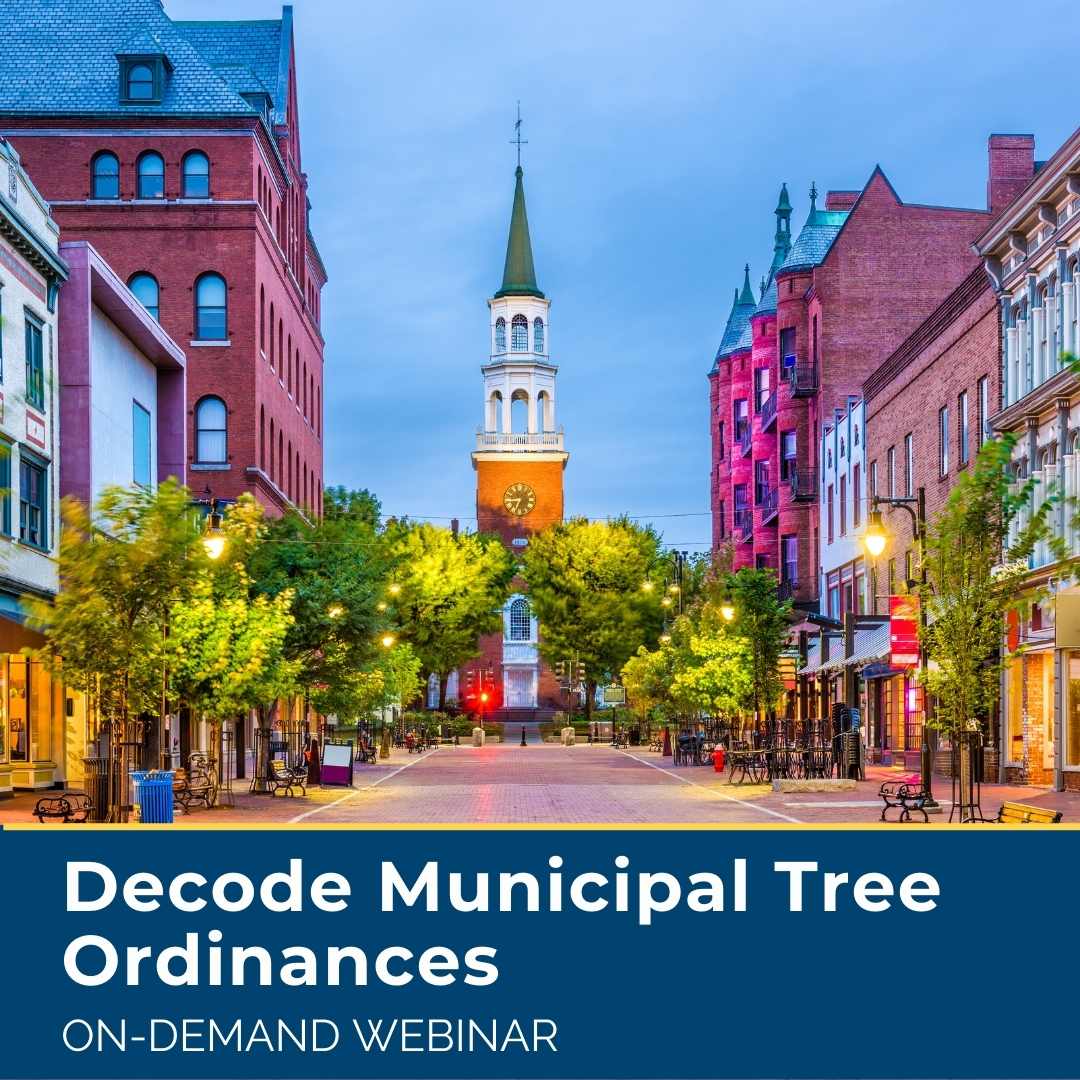
Decode Municipal Tree Ordinances
This ON DEMAND WEBINAR shares best practices and real-life examples of why having clear tree ordinances in place help communities reach their urban greening goals and offer realistic first steps to understand existing codes and determine what primary improvements or goals you’d like to achieve and where to find assistance.

Canopy Preservation in the Hands of Tree Care Companies
There is a universal dilemma in urban forestry.
Cities want to preserve tree canopy to provide a public service for their residents. However, the majority of urban forests are usually on private land. For example, 74% of Lexington, Kentucky’s urban tree canopy is on private land. It is a classic balancing act for any free society: the tension created when “public good” overlaps private property.
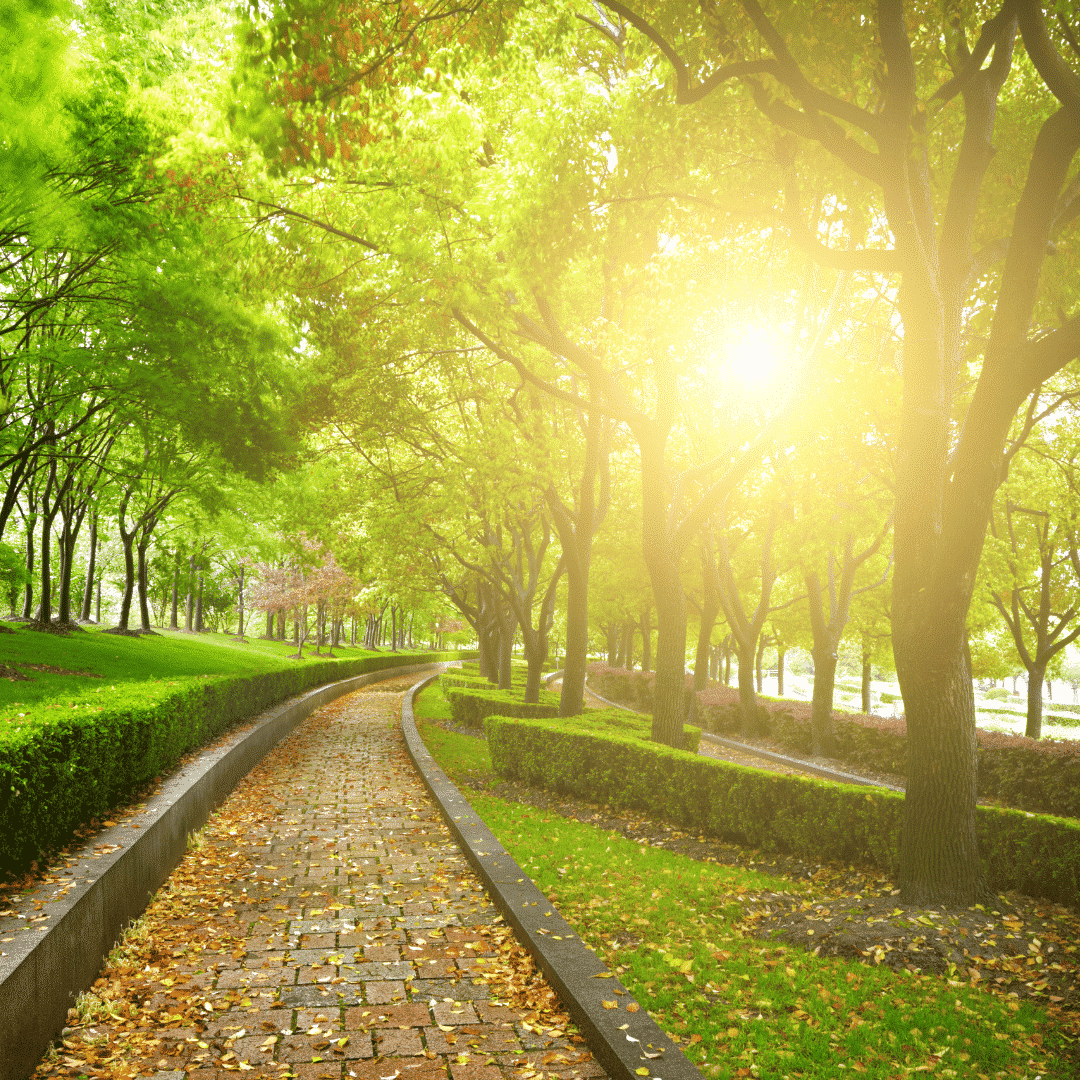
From Canopy to Policy
Urban tree canopy assessments have experienced major innovations over the last few years and canopy data is more accessible than ever before. Now that canopy data is abundant, how can we translate that information into inclusive and effective policies for equitable urban forestry? We developed this guide to answer that question.
Stay Up To Date With The Latest News and Events
Join Our Community
Stay informed on the urban forestry industry with our monthly TREEbune newsletter, live webinars, and industry-specific content delivered to your inbox.
Urban Forestry Webinars
PlanIT Geo has a substantial on-demand webinar library. Get CEU credits, grow your knowledge base, and stay current on cutting edge industry technology.
Follow Us
We love to share industry-related news, software tutorials, blogs, and company news across our social channels.
Stay Up To Date With The Latest News and Events
Join Our Newsletter
Stay informed on the urban forestry industry with our monthly TREEbune newsletter, live webinars, and industry-specific content delivered to your inbox.
Urban Forestry Webinars
PlanIT Geo has a substantial on-demand webinar library. Get CEU credits, grow your knowledge base, and stay current on cutting edge industry technology.
Follow Us
We love to share industry-related news, software tutorials, blogs, and company news across our social channels.
